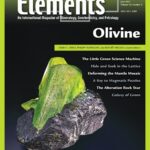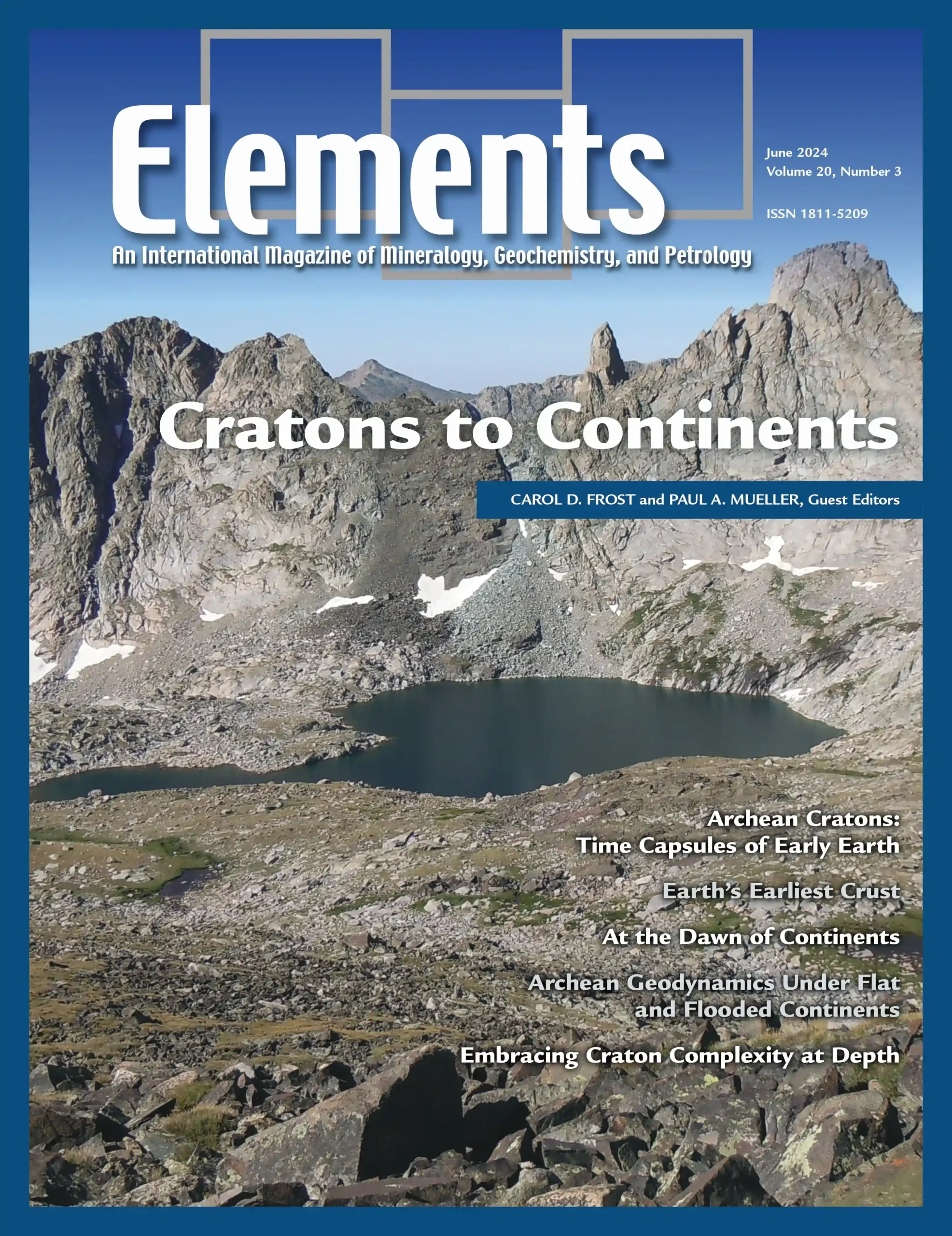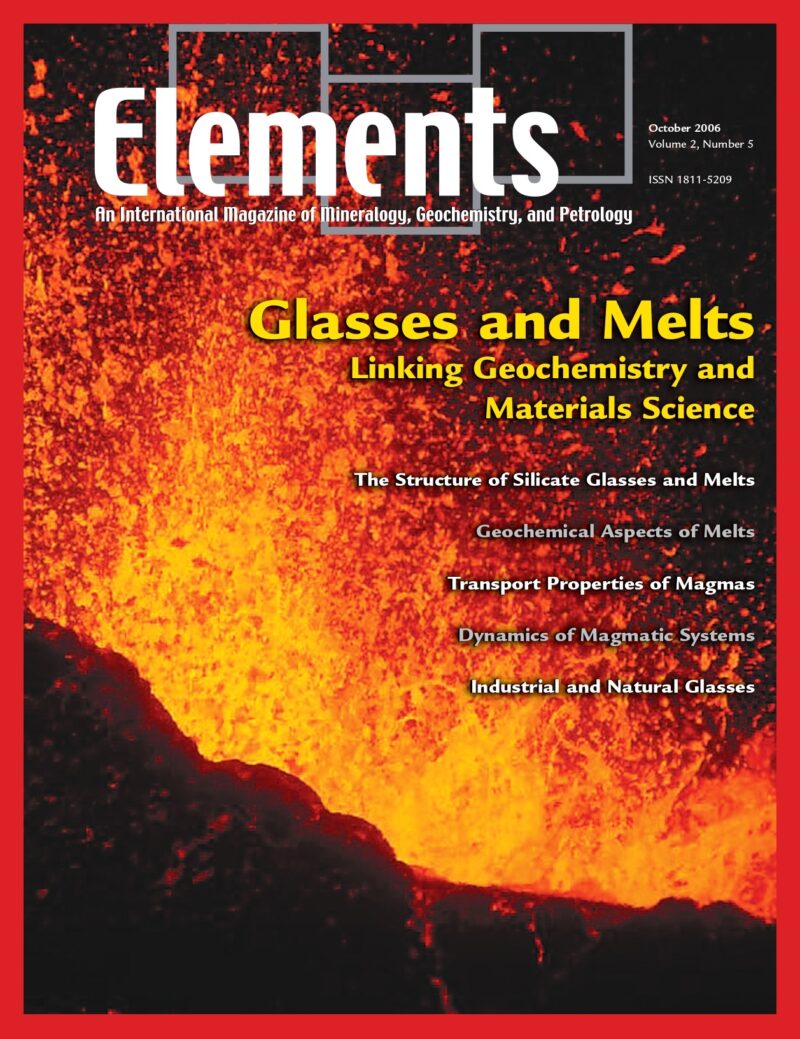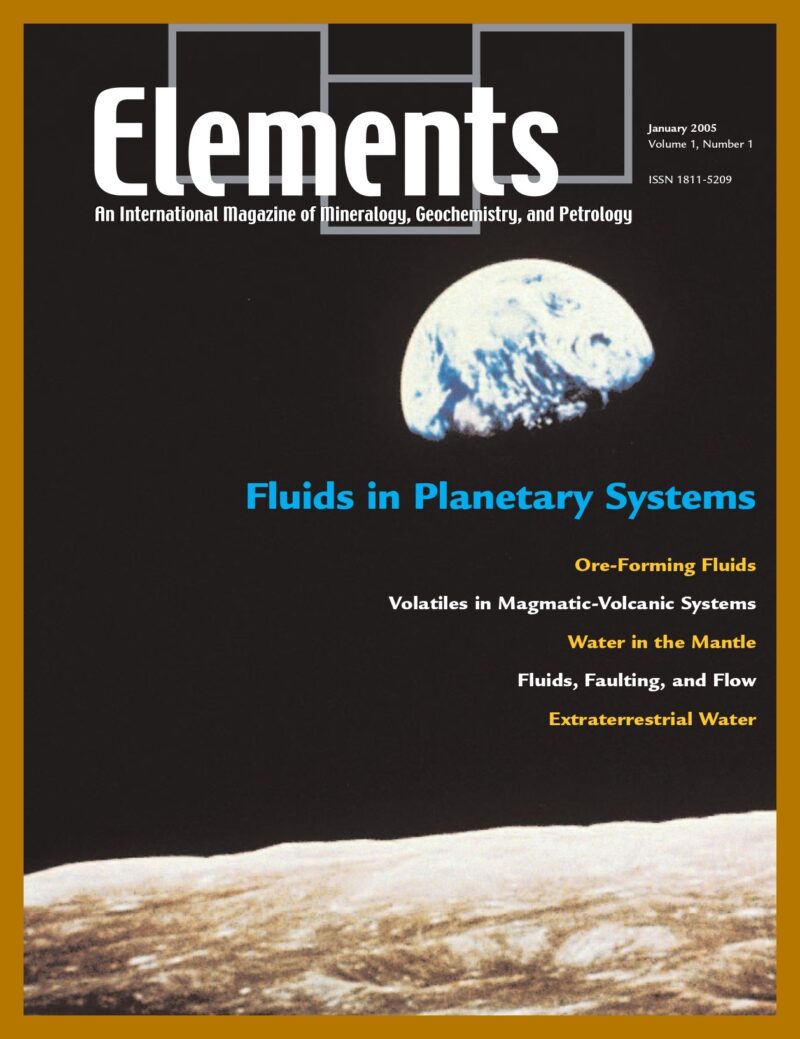
Olivine, June 2023, Vol. 19, No. 3
June 28, 2024
Elements Joint Society Calendar (2025–2026)
July 17, 2024Cratons to Continents, June 2024, Vol. 20, No. 3
$20.00
Archean continental crust is present on every continent, but does not constitute a dominant part of any continent’s surficial exposures. Nevertheless, Archean cratons are the longestlived coherent physical structures on earth.
Cratons to Continents
June 2024, Vol. 20, No. 3
Archean continental crust is present on every continent, but does not constitute a dominant part of any continent’s surficial exposures. Nevertheless, Archean cratons are the longestlived coherent physical structures on earth. Viewed holistically they comprise a welded com bination of continental crust and as subcontinental lithospheric mantle keel. They are survivors of what may, or may not, have been a more numerous and varied population of protocontinents. Many of these crustal blocks have origins in the Hadean and have survived for billions of years through many super continent cycles. Consequently, these cratonkeel structures have influenced the physical and chemical evolution of the silicate earth. This issue of Elements provides an overview of Archean cratons and the information they retain about the early development of Earth’s continental crust.
Why You’ll Love Elements Magazine:
- Expert Contributors: Articles written by renowned researchers in the field of geoscience.
- Engaging Content: Join a community of readers who are passionate about Elements.
- Exceptional Quality: Each issue is printed on high-quality paper with stunning visuals and detailed illustrations that bring complex scientific concepts to life.
Order your copy of the June 2024 issue of Elements magazine today and delve into cratons to continents.
Related products
-
Glasses And Melts: Linking Geochemistry And Materials Science, October 2006, Vol. 2, No. 5
$20.00Geological interest in studying melts stems from early recognition that melts play a fundamental role in determining the physical and chemical behaviour of magmas and magmatic processes. However, due to the inherent difficulties associated with working at high temperatures, much of the geological research over the last 30 years has used quenched melts or glasses as proxies for melts themselves.
-
Zircon – Tiny But Timely, February 2007, Vol. 3, No. 1
$20.00Where would Earth science be without zircon? As Earth’s timekeeper, zircon has proven to be a remarkable and versatile mineral, providing insights into deep time and ancient Earth processes. However, there is still much to learn about Earth’s history from zircon and its behaviour.
-
Fluids in Planetary Systems, January 2005, Vol. 1, No. 1
$20.00Water and other geofluids play an important role in the geochemical and rheological evolution of the Earth and other bodies in the solar system. These fluids are responsible for the formation of hydrothermal mineral deposits, affect eruption behavior in volcanic systems and the geophysical properties of the mantle, and significantly affect the way in which rocks deform and fracture.




